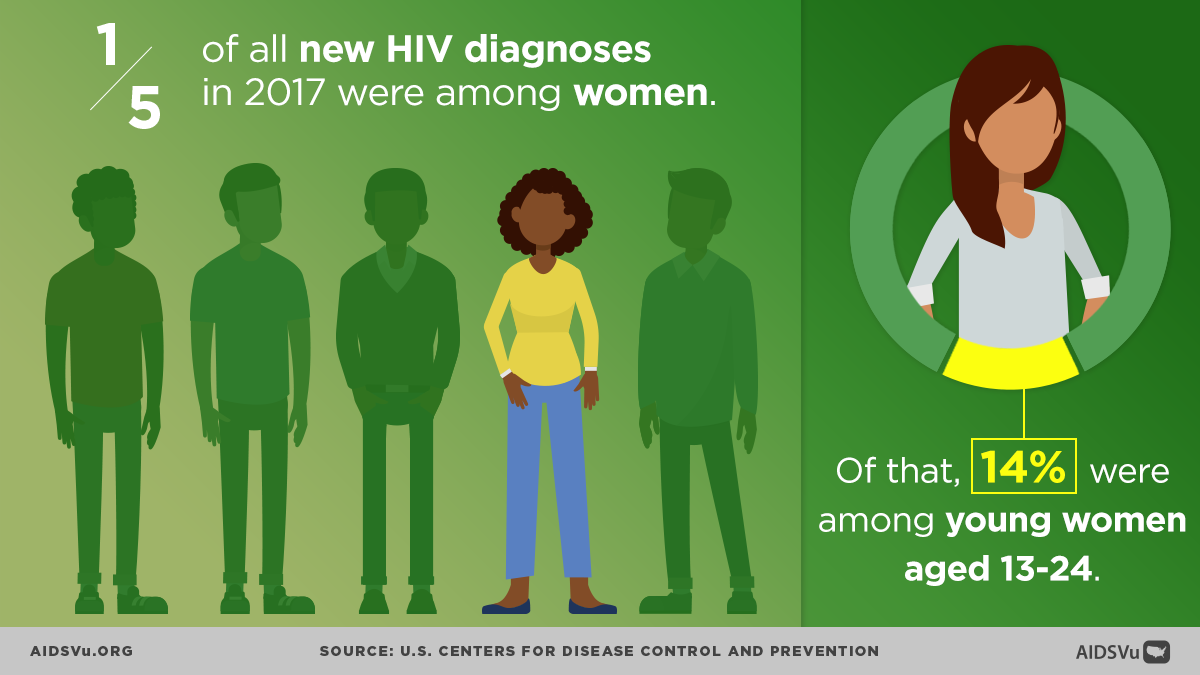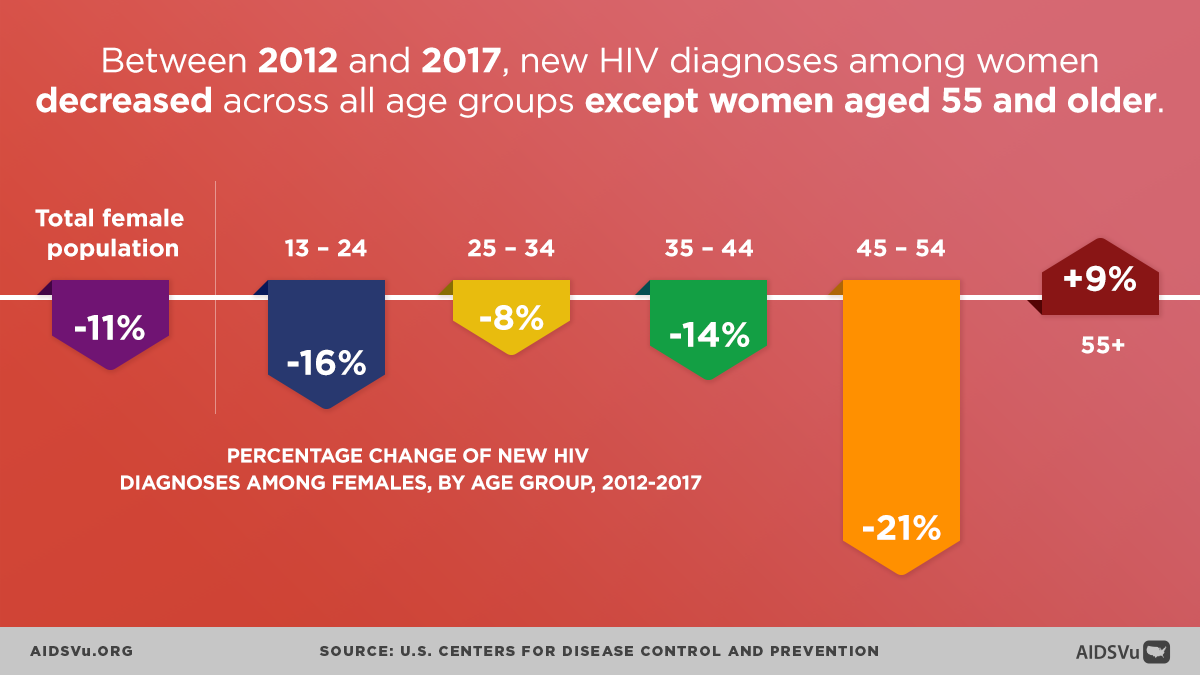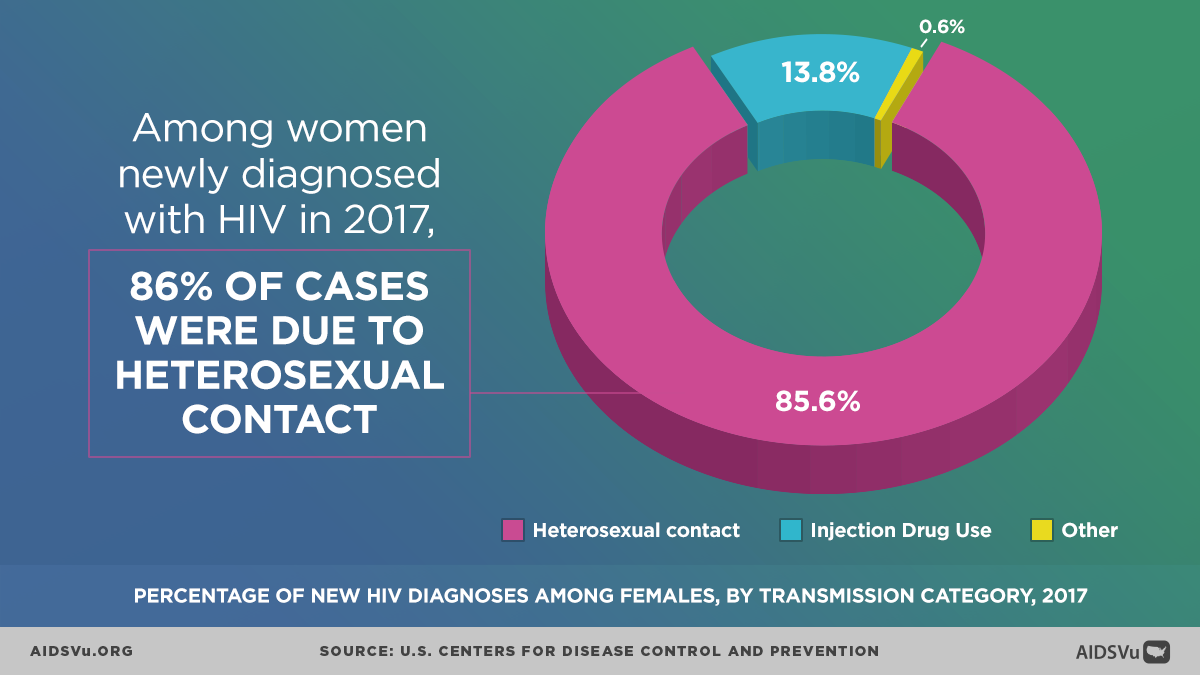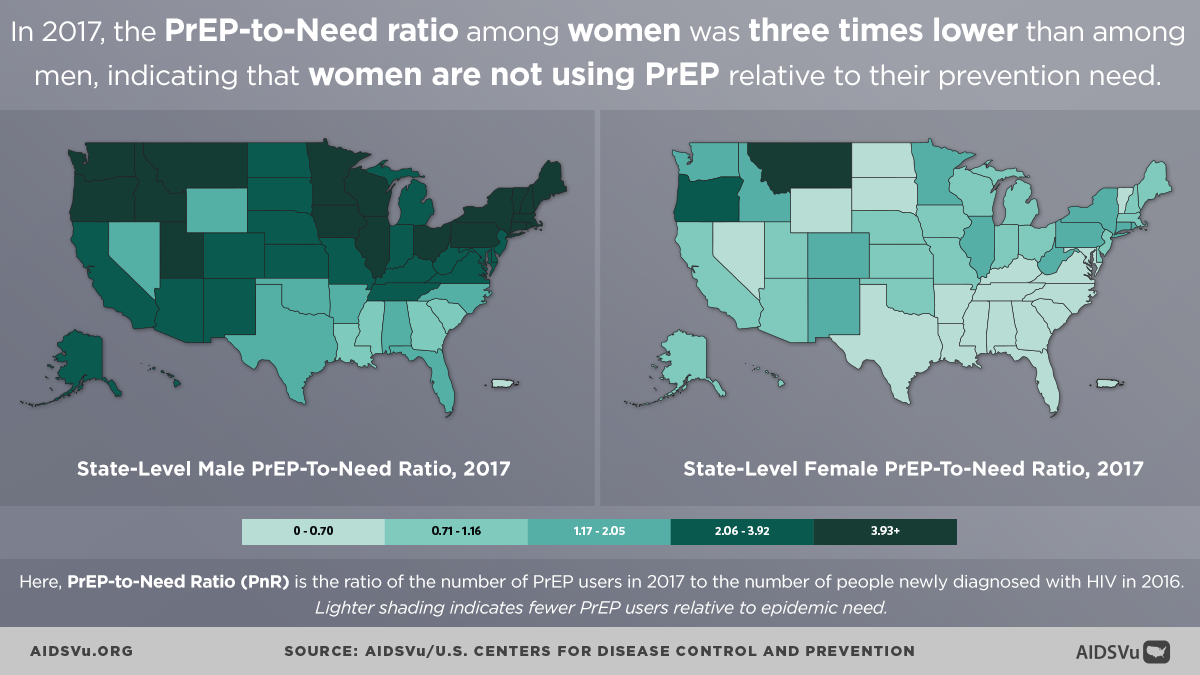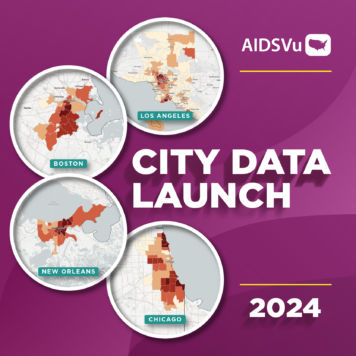2019 marks the 14th National Women and Girls HIV/AIDS Awareness Day (NWGHAAD). The theme for this year’s NWGHAAD is HIV Prevention Starts with Me, highlighting the important role everyone plays in preventing HIV. Community organizations, health care professionals, friends, and family can all work together to prevent HIV.
According to CDC, 7,312 women were newly diagnosed with HIV in 2017. That number represents 19% of all new HIV diagnoses in the United States. Prevention and education are vital to reducing these numbers—and it works. From 2012 to 2017, HIV diagnoses among all women declined 11%, demonstrating the impact of prevention strategies. However, roughly 12% of women did not know their status in 2016, signifying the need for continued testing and prevention efforts.
One of the most effective tools to reduce new HIV infections is PrEP or, pre-exposure prophylaxis. PrEP is for people at high risk for HIV to lower their chances of getting infected. CDC has estimated that approximately 1.1 million people are at high risk for HIV exposure and could benefit from comprehensive HIV prevention strategies, including PrEP. But disparities in PrEP use exist. In 2017, women represented 19% of all new HIV diagnoses, but only 6% of all PrEP users, indicating a need for focused public health efforts to increase access to PrEP among women.
There is still work to be done, which is why education, testing, and treatment are paramount to eliminating HIV. On this National Women and Girls HIV/AIDS Awareness Day, get tested and know your status.
Share our Infographics
Get involved for all the women and girls in your lives, in your community, and around the world:
- Raise Awareness. Share information and show your support by using the hashtag #NWGHAAD to join the online conversation and raise awareness within your networks about the impact of HIV on women and girls. You can also update your Facebook profile picture with the Office on Women’s Health photo frames.
- Know Your Status. The only way to know if you have HIV is to get tested. Use AIDSVu.org/testing to find a testing location near you.
- Learn More About HIV Where You Live. Visit AIDSVu.org to explore interactive maps that visualize the HIV epidemic’s impact on women and girls at the state, county, and ZIP code levels.
The information for the infographics is from the below sources:
New Diagnoses/Youth: The 2017 HIV Surveillance Report (Table 1a)
Age: The 2017 HIV Surveillance Report (Table 5a)
Race/Ethnicity: The 2017 HIV Surveillance Report (Table 5a)
Transmission: The 2017 HIV Surveillance Report (Table 1a)
PrEP-to-Need: AIDSVu


